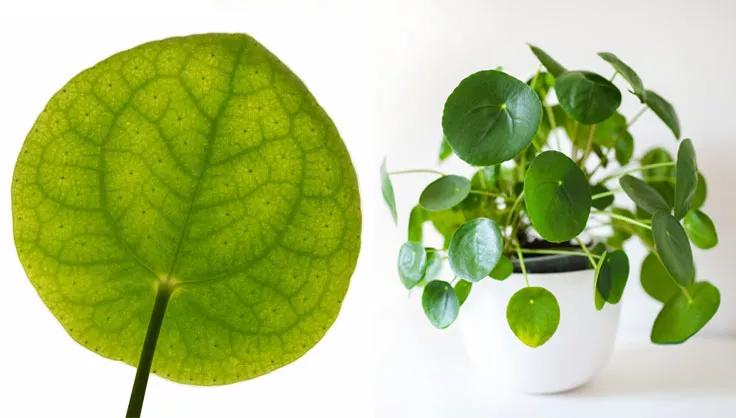How to Care for a Chinese Money Plant

Choosing Your Chinese Money Plant
The standard Pilea peperomioides is highly recommended for all plant lovers. It is hardy and thrives well indoors. There aren't many variations in this species, but you might notice slight differences in leaf size and shape among different plants.
How to Care for Chinese Money Plants
Light
Chinese Money Plants prefer bright, indirect light. Too much direct sunlight can scorch their leaves, while too little light can stunt their growth and lead to leggy stems. A spot near a window with a sheer curtain would be ideal.
Soil
A well-draining potting mix is essential. An all-purpose houseplant mix with added perlite or sand for increased drainage works well. They prefer slightly acidic to neutral soil.
Fertilizer
Feed your Chinese Money Plant with a diluted, balanced liquid fertilizer every month during the growing season (spring and summer). In the dormant winter months, you can reduce fertilizing to every other month or stop altogether.
Watering
Water when the top inch of the soil feels dry. Overwatering can lead to root rot, so ensure your pot has good drainage. These plants are somewhat drought-tolerant and prefer under-watering to over-watering.
Pruning
Pruning is not typically necessary but can be done to shape the plant or to remove any yellow or dead leaves. Use clean, sharp scissors for any pruning.
Repotting
Repot your Chinese Money Plant when it becomes root-bound, typically every 2 years. Spring is the best time for repotting. Choose a pot slightly larger than the current one to give the plant room to grow.
Propagation
Propagation is easy and can be done through stem cuttings or by removing and replanting the offsets (pups) that grow from the base of the plant. Place cuttings in water until roots develop, then plant in soil.
Common Problems with Chinese Money Plants
Pests and Diseases
Common pests include aphids and spider mites. Treat any infestations with insecticidal soap or neem oil. Overwatering can lead to root rot, so be cautious with your watering schedule.
Toxicity
Chinese Money Plants are non-toxic and safe for pets and humans, making them an excellent choice for households with furry friends or small children.
Chinese Money Plant FAQs
Why are the leaves of my Chinese Money Plant curling?
Leaf curling can be a sign of underwatering, too much direct sunlight, or low humidity. Adjust your watering routine and ensure the plant isn't in direct sunlight.
Can Chinese Money Plants be grown outdoors?
In warmer climates, they can be grown outdoors in shaded areas. However, they are primarily indoor plants and need protection from direct sunlight and extreme temperatures.
How can I make my Chinese Money Plant more bushy?
Regularly rotating the plant can promote even growth. Pinching off the top of the main stem can also encourage the plant to grow more side shoots, resulting in a bushier appearance.
Caring for a Chinese Money Plant is both enjoyable and rewarding. With its unique circular leaves and easy-care nature, it's a wonderful addition to any indoor plant collection, bringing a touch of greenery and style to your home.
Print this Article:
Get the Dirt
Stay up to date on new articles and advice. Please fill out the information below.
